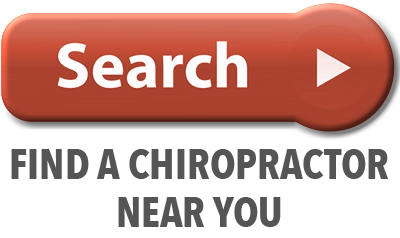by Amber White
ChiroHealthUSA Social Media Specialist
Many active individuals skip the important step of warming up and cooling down before and after exercise. The thought process behind it really boils down to “Why Bother?” Both warming up and cooling down take additional time that few really want to invest into an already seemingly long physical session. So why bother to warm up and cool down?
The Warm-Up
The purpose of a warm-up is to prep the muscles exercise by raising their core temperature. This enhancement allows for the enzymes inside the muscle tissue to produce energy during exercise. The warm-up activity results in increased blood flow to the muscle, which aids in delivering oxygen and other nutrients used in making energy. This system working together allows for improved exercise performance. Other warm-up benefits include a reduction of potential heart problems from excessive exertion, improved focus, motivation, and confidence.
A proper warm-up should focus on the muscle groups that will be utilized during the exercise session. Some great warm-up exercise for your legs would include walking, running, or cycling, and for your arms, rowing or push-ups. Don’t limit your preparation to stretching but add it to your warm-up routine. For most individuals, 5-10 minutes of light-to-moderate intensity exercise is generally plenty of time for a successful workout routine.
The Cool-Down
The purpose of a cool-down is to help prevent a condition called post-exercise hypotension. The blood pressure drop that occurs after an immediate stop, and standstill in exercise, causes blood to pool in your legs resulting in dizziness, fainting, and lowered blood pressure. This happens because, as you exercise, there is an increase in blood flow to the active muscle. It occurs must often during upright exercises, such as running and cycling, but can also happen after resistance exercises.
A cool-down is also essential for athletes who compete in events one right after another. Waste products, such as lactic acid, can build up in the muscles and cause burning and cramping. Research has found that this waste can be reduced more quickly and effectively during an active cool-down period. The best way to cool down after a workout is to continue moving at a light pace for several minutes before moving into some static stretches for a minute or two. Pro tip: use a foam roller to target especially tight areas.
So, although warming up and cooling down will prolong the length of your exercise session, the health benefits and improved recovery make the extra time worth it.










 Why is the Discount Challenge prize amount $11,181? Because that is the average “per-occurrence” fine for Medicare inducements. That’s not $11,181 per patient, that’s not per provider, that’s PER VISIT. Stinks, doesn’t it? To us, the prize amount is worth the investment if we can help our profession better understand proper discounting.
Why is the Discount Challenge prize amount $11,181? Because that is the average “per-occurrence” fine for Medicare inducements. That’s not $11,181 per patient, that’s not per provider, that’s PER VISIT. Stinks, doesn’t it? To us, the prize amount is worth the investment if we can help our profession better understand proper discounting.